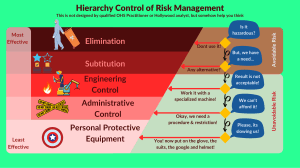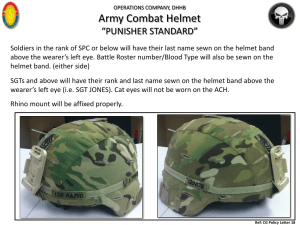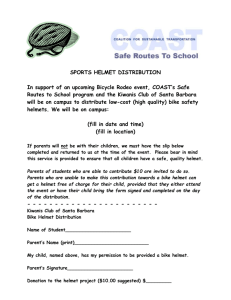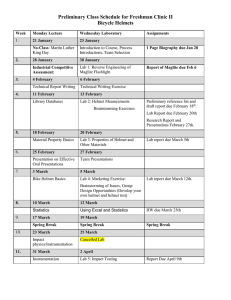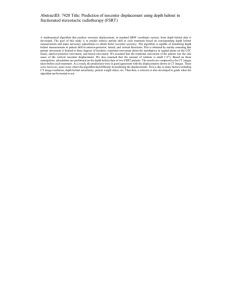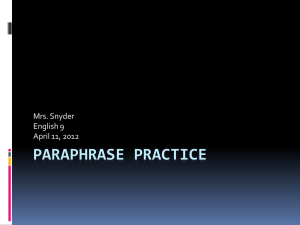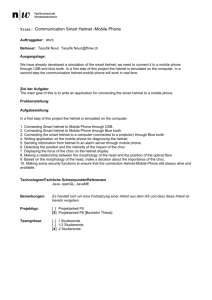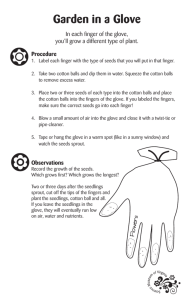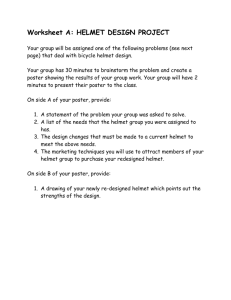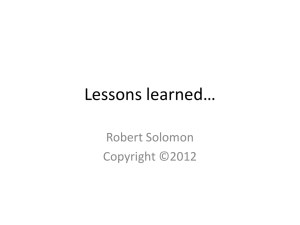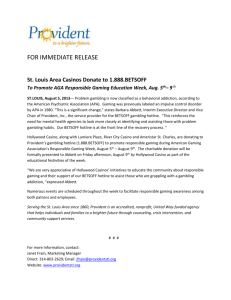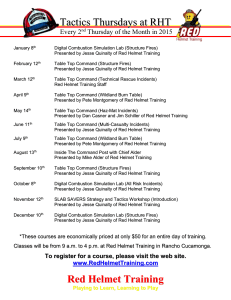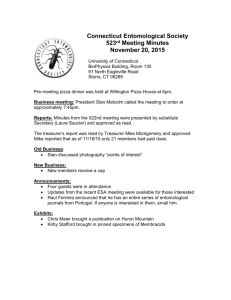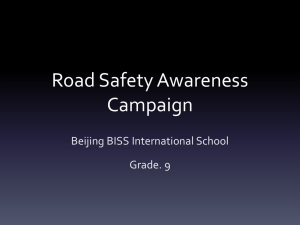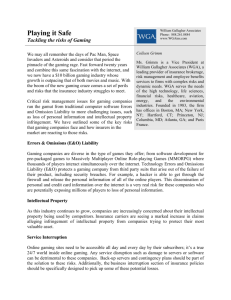3.4 Virtual reality and simulations
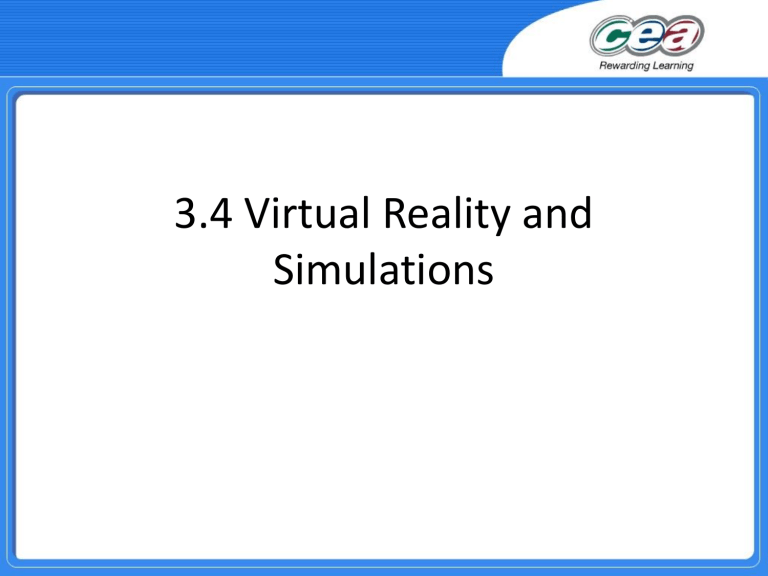
3.4 Virtual Reality and
Simulations
Overview
Describe the differences between virtual reality and simulation.
Demonstrate and apply knowledge and understanding of how virtual reality is used in the following applications:
− training; and
− gaming.
Definitions
Virtual reality:
A system that enables a person to react and move according to certain simulated conditions
Simulation:
A program which models a real life situation by putting values into a model to see how it behaves in different environments.
VR Equipment
• Helmet
• Gloves
• Bodysuit
Examples of VR
• Games
• Holiday tours
• Combat situations
• Historical recreations
Helmet and Glove
• Helmet sometimes called a Head Mounted
Device - allows 3D visual hearing
• Glove for sensations of touch to allow the control of the model
Finger sensor
• A device that goes on the end of the finger and senses simulated movement
Pilot cockpit training
Advantages
• Eliminates the danger
• Less expensive than using a real plane
• Helps give the pilot experience of a real environment
Disadvantages
• The training can only be as good as the program
Gaming
Advantages
• Can add to the gaming experience such as having animated people with various attributes
• Visual, sound and sensation effects can be added
Disadvantages
• The person can start believing in the unreal
• The equipment to play the games is sophisticated
Acronyms
• VR: Virtual reality
• HMD: Head Mounted Device
Discussion
“It is said that soon we will not have to travel to go on holiday but choose a virtual reality environment to visit instead.”
Discuss this statement.
